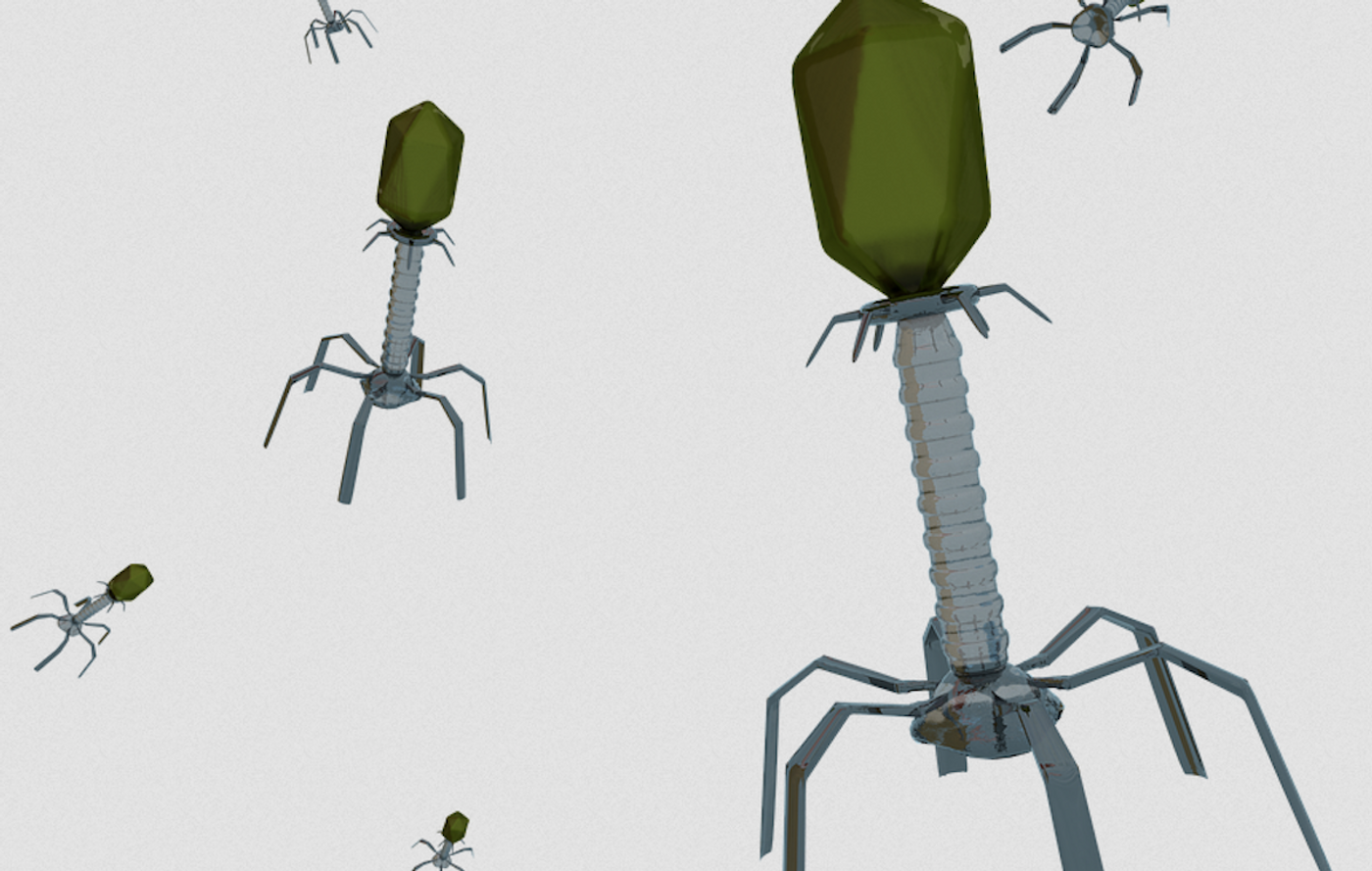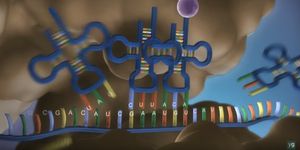Thousands of Viruses Call the Human Gut Home
Trillions of microorganisms live in the human gut, and they have a significant impact on human health. Researchers are learning more about the many types of bacteria that live in the human gut microbiome, and they are also studying other microbes that live there, like viruses. New research reported in Cell Host & Microbe has examined how viruses in the gastrointestinal tracts of healthy Westerners changes over time. They found that the patterns of viral diversity during childhood and old age are similar to those of bacteria.
Scientists at Ohio State University developed the open access Gut Virome Database at the iVirus Data Commons, which now includes 33,242 unique types of viral populations that can be found in the human gut. This effort will help us to learn more about their roles - and very few of them cause disease. They may actually be useful in the fight against illness. Viruses that infect bacteria (bacteriophages), for example, may help destroy antibiotic-resistant bacteria.
"We've established a robust starting point to see what the virome looks like in humans," said study co-author Olivier Zablocki, a postdoctoral researcher in microbiology at Ohio State. "If we can characterize the viruses that are keeping us healthy, we might be able to harness that information to design future therapeutics for pathogens that can't otherwise be treated with drugs."
Viruses in the gut are more difficult to detect than bacteria because their genomes don't carry a signature that identifies them as viruses like bacteria do. In this work, the researchers mined data from 32 gut virus studies that included 1,986 healthy and sick people in 16 countries. They found that there is no core group of viruses in the human microbiome, though some viruses are shared among subsets of people.
"We used machine learning on known viruses to help us identify the unknown viruses," said the first study author Ann Gregory, who worked on this research while she was a graduate student at Ohio State. "We were interested in how many types of viruses we could see in the gut, and we determined that by how many types of genomes we could see since we couldn't visually see the viruses."
There were some patterns. Age seemed to affect viral diversity, which is significantly increased from childhood to adulthood, and begins to decline after age 65. Gut bacteria follow a similar pattern, except, infants with underdeveloped immune systems carry a range of virus types, but not many types of bacteria.
There was also a higher level of viral diversity in the guts of people from non-Western nations. Other work has indicated that non-Westerners lose microbial diversity in their guts when they move to the United States. There was also a difference in healthy and sick study participants.
"A general rule of thumb for ecology is that higher diversity leads to a healthier ecosystem," Gregory said. "We know that more diversity of viruses and microbes is usually associated with a healthier individual. And we saw that healthier individuals tend to have a higher diversity of viruses, indicating that these viruses may be potentially doing something positive and having a beneficial role."
Most gut viruses were bacteriophages, or phages for short, which accounted for 97.7 percent of the viruses identified. Many of these viruses may not be killing the bacteria they infect, and instead, work with them, even using viral genes to generate molecules that help their bacterial host cells.
"Phages are part of a vast interconnected network of organisms that live with us and on us, and when broad-spectrum antibiotics are used to fight against infection, they also harm our natural microbiome," said senior study author Matthew Sullivan, a professor of microbiology and civil, environmental, and geodetic engineering at Ohio State. "We are building out a toolkit to scale our understanding and capabilities to use phages to tune disturbed microbiomes back toward a healthy state.
"Importantly, such a therapeutic should impact not only our human microbiome but also that in other animals, plants, and engineered systems to fight pathogens and superbugs. They could also provide a foundation for something we might have to consider in the world's oceans to combat climate change."
Sources: AAAS/Eurekalert! Via Ohio State University, Cell Host & Microbe









